Advancements in Bioinformatics
The Gene Prediction Tools Market is significantly influenced by advancements in bioinformatics. As computational methods evolve, the ability to analyze vast amounts of genetic data has improved dramatically. This evolution allows researchers to utilize sophisticated algorithms for gene prediction, enhancing accuracy and efficiency. The bioinformatics market is expected to reach a valuation of several billion dollars, indicating a robust growth trajectory. These advancements not only streamline the research process but also facilitate the development of personalized medicine approaches. Thus, the Gene Prediction Tools Market stands to benefit from these technological innovations, as they enable more precise and reliable gene predictions.
Increased Investment in Healthcare
The Gene Prediction Tools Market is bolstered by increased investment in healthcare, particularly in genomics and biotechnology sectors. Governments and private entities are channeling substantial funds into research and development, aiming to foster innovation in gene prediction technologies. This influx of capital is expected to enhance the capabilities of existing tools and lead to the creation of novel solutions. For instance, funding for genomic research has seen a notable rise, with billions allocated annually. Such financial support is likely to accelerate advancements in the Gene Prediction Tools Market, making it a focal point for future healthcare solutions.
Rising Demand for Genomic Research
The Gene Prediction Tools Market is experiencing a surge in demand driven by the increasing focus on genomic research. As researchers and institutions strive to understand genetic variations and their implications on health, the need for advanced gene prediction tools becomes paramount. According to recent data, the market for genomic research tools is projected to grow at a compound annual growth rate of over 10% in the coming years. This growth is fueled by the rising prevalence of genetic disorders and the need for effective diagnostic tools. Consequently, the Gene Prediction Tools Market is likely to expand as more organizations invest in technologies that enhance their research capabilities and improve patient outcomes.
Growing Awareness of Genetic Testing
The Gene Prediction Tools Market is benefiting from the growing awareness of genetic testing among consumers and healthcare providers. As individuals become more informed about the implications of their genetic makeup, the demand for tools that can accurately predict gene functions and interactions is increasing. This trend is reflected in the rising number of genetic tests being conducted, which has seen a significant uptick in recent years. Consequently, the Gene Prediction Tools Market is poised for growth as more stakeholders recognize the value of predictive analytics in genetics, leading to improved health management and disease prevention strategies.
Regulatory Support for Genomic Innovations
The Gene Prediction Tools Market is positively impacted by regulatory support aimed at fostering genomic innovations. Regulatory bodies are increasingly recognizing the importance of genomics in healthcare and are establishing frameworks that facilitate the development and approval of gene prediction tools. This supportive environment encourages companies to invest in research and development, knowing that their innovations will have a clearer pathway to market. As a result, the Gene Prediction Tools Market is likely to see a proliferation of new products and services, enhancing the overall landscape of genetic research and application.


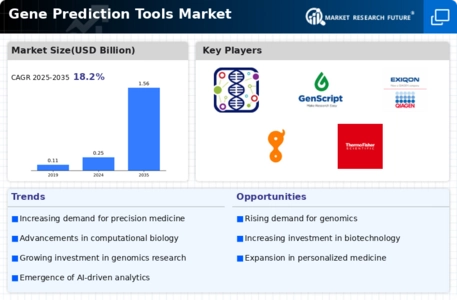
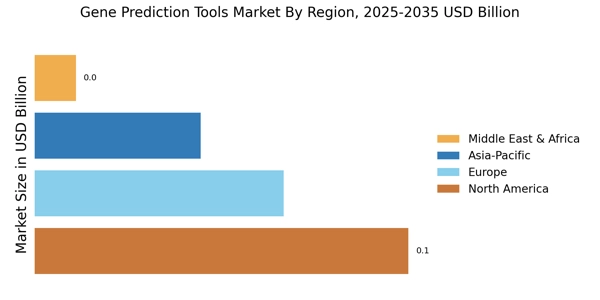


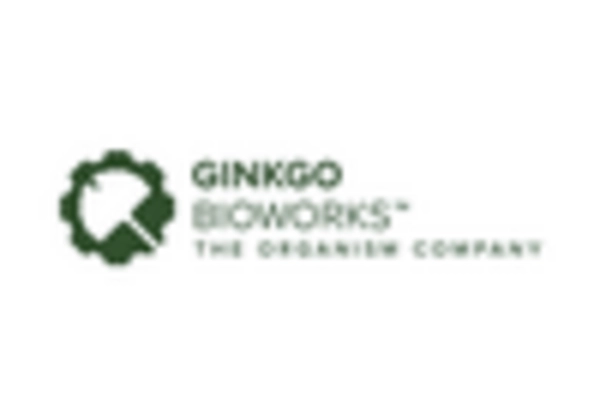
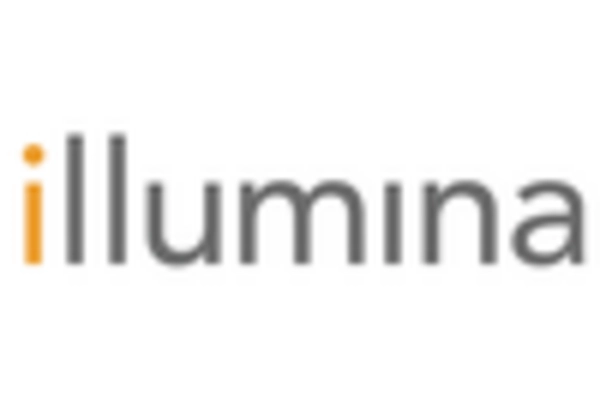
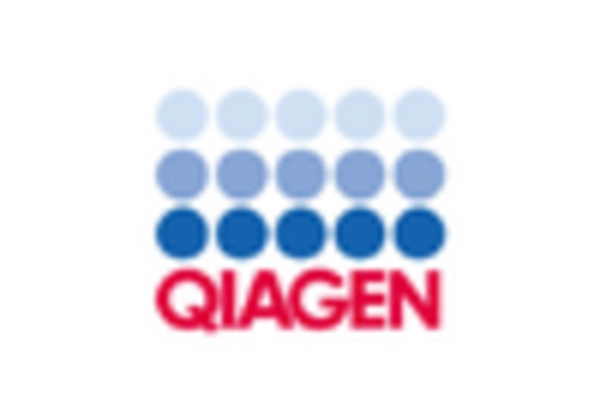









Leave a Comment